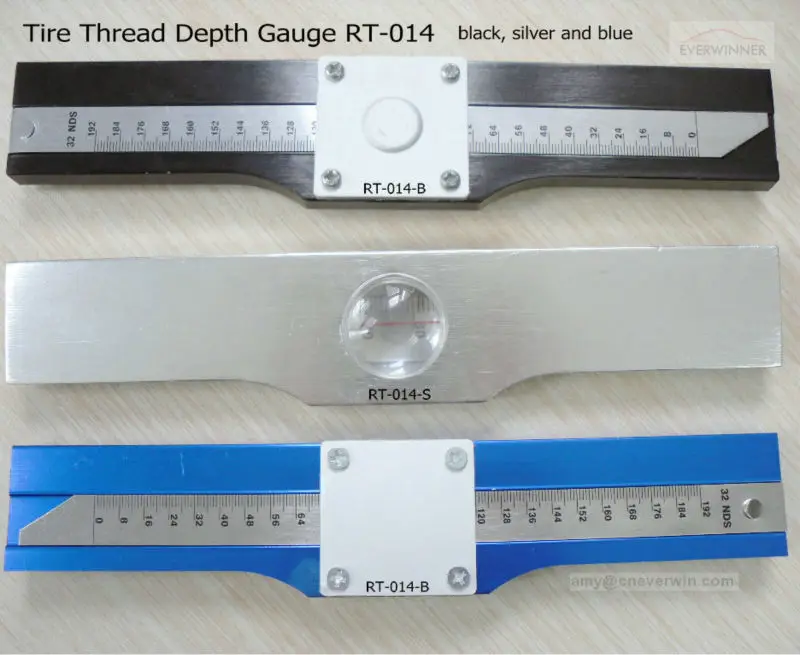Posted by Benjamin Jerew Maintenance
Do you know what your tires are telling you about your car, road conditions or even your driving habits? If you know how to read tire tread depth and condition, a wealth of information is right at your fingertips.
How to Read Tire Tread DepthTire tread depth refers to the grooves between the main blocks on the contact surface of a tire. Most tires start with upwards of 10/32″ of tread depth, with some off-road tires topping 15/32″ depth. As you rack up the miles, the soft rubber compound, the very thing that gives you traction, wears away. Most states require a minimum tread depth of 2/32″ and some states require just 1/32″, but how do you measure it? Also, is 2/32″ really enough for a safe drive?
Do you know how to read tire tread depth with a tire tread depth gauge? Here is a five-step process to do it the right way:
If you’re in a pinch, you can also get a rough estimate of tire tread depth by using a penny and a quarter. But this is no substitute for a calibrated tire tread depth gauge.
If you know how to read tire tread depth, this will help you determine when tire replacement is necessary, the condition of your suspension and steering system and if you need to change your habits.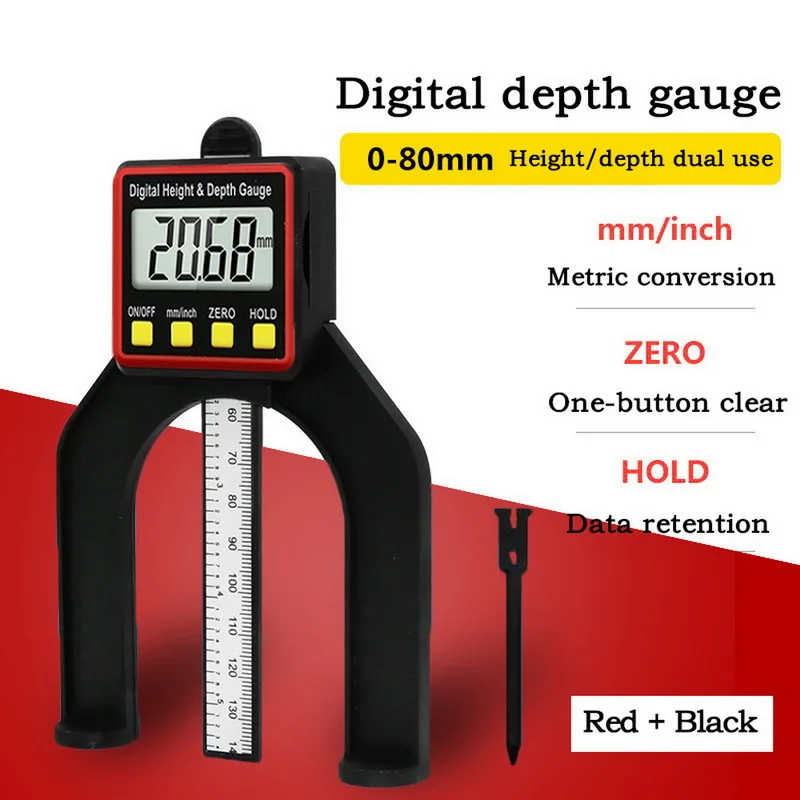
Keeping on top of your tire tread is actually much more than knowing when to replace them, it can also help you prevent other problems. Adding tire inspection to your monthly maintenance checklist might just keep you safer and your wallet heavier over the long haul.
Check out all the tools & equipment 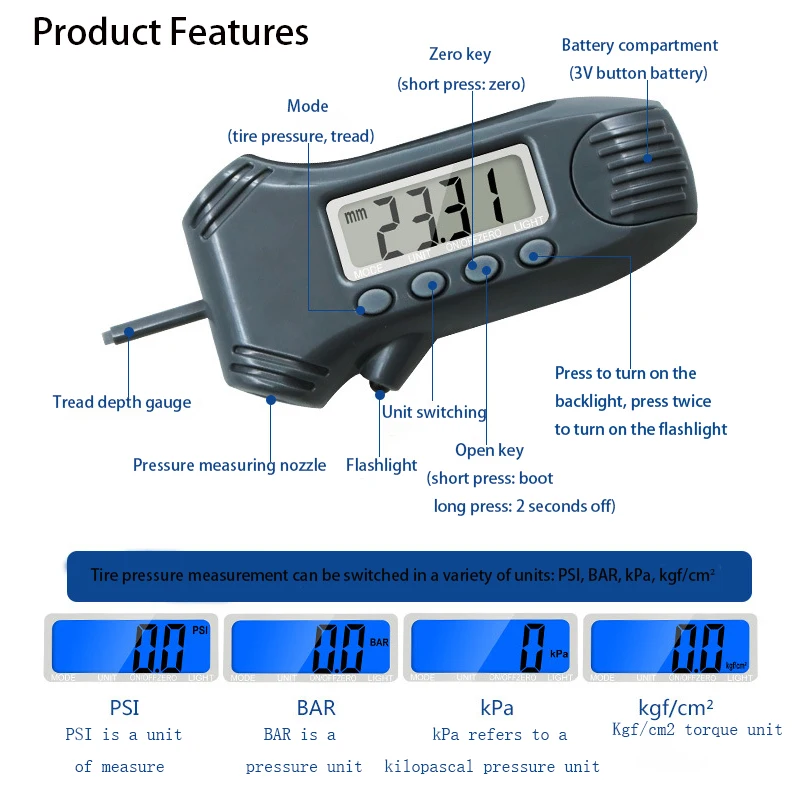 For more information on tire tread depth and condition, chat with a knowledgeable expert at your local NAPA AUTO PARTS store.
For more information on tire tread depth and condition, chat with a knowledgeable expert at your local NAPA AUTO PARTS store.
Photo courtesy of Foter
Categories
Maintenance
Tags
bald tire, hydroplaning, suspension alignment, tire care, tire pressure, tire tread depth, tire tread depth gauge, tires
Ben has been taking things apart since he was 5, and putting them back together again since he was 8. After dabbling in DIY repairs at home and on the farm, he found his calling in the CGCC Automobile Repair program. After he held his ASE CMAT for 10 years, Ben decided he needed a change. Now, he writes on automotive topics across the web and around the world, including new automotive technology, transportation legislation, emissions, fuel economy and auto repair.
When it comes to checking tire tread, there are a number of methods that can help you know if it’s time to replace a tire. Heavily worn tread will prevent a tire from performing as designed and can lead to unsafe driving conditions.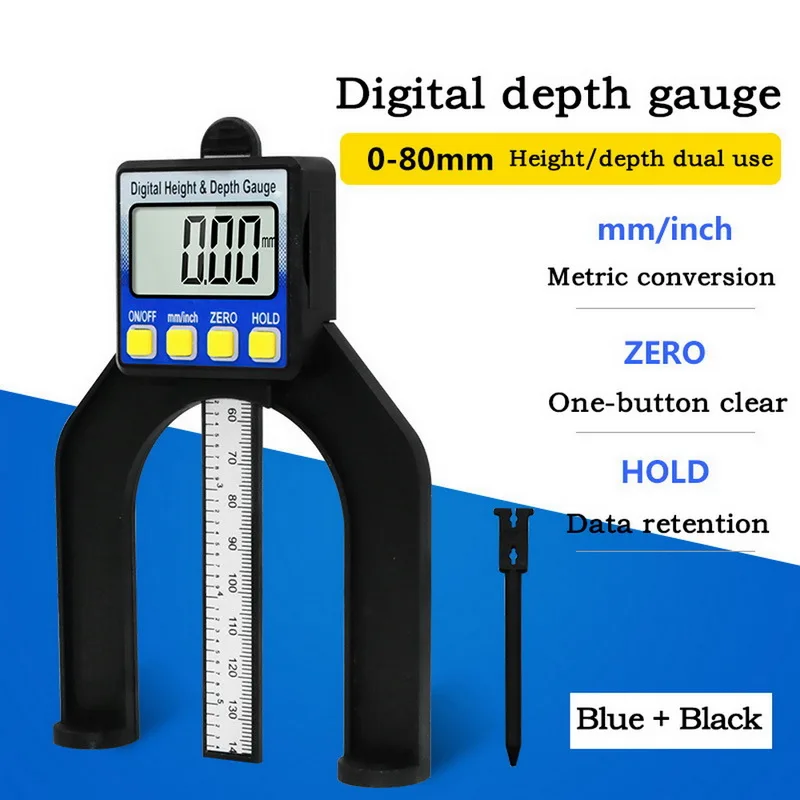 One of the simplest, most common ways to check tread depth requires nothing more than a penny and a few moments of your time.
One of the simplest, most common ways to check tread depth requires nothing more than a penny and a few moments of your time.
In the United States, tire tread depth is measured in 32nds of an inch. New tires typically come with 10/32” or 11/32” tread depths, and some truck, SUV and winter tires may have deeper tread depths than other models. The U.S. Department of Transportation recommends replacing tires when they reach 2/32”, and many states legally require tires to be replaced at this depth.
The idea of the penny test is to check whether you’ve hit the 2/32” threshold. Here’s how it works:
Place a penny between the tread ribs on your tire. A “rib” refers to the raised portion of tread that spans the circumference of your tire. Tire tread is composed of several ribs.
Turn the penny so that Lincoln’s head points down into the tread.
See if the top of his head disappears between the ribs. If it does, your tread is still above 2/32” , If you can see his entire head, it may be time to replace the tire because your tread is no longer deep enough.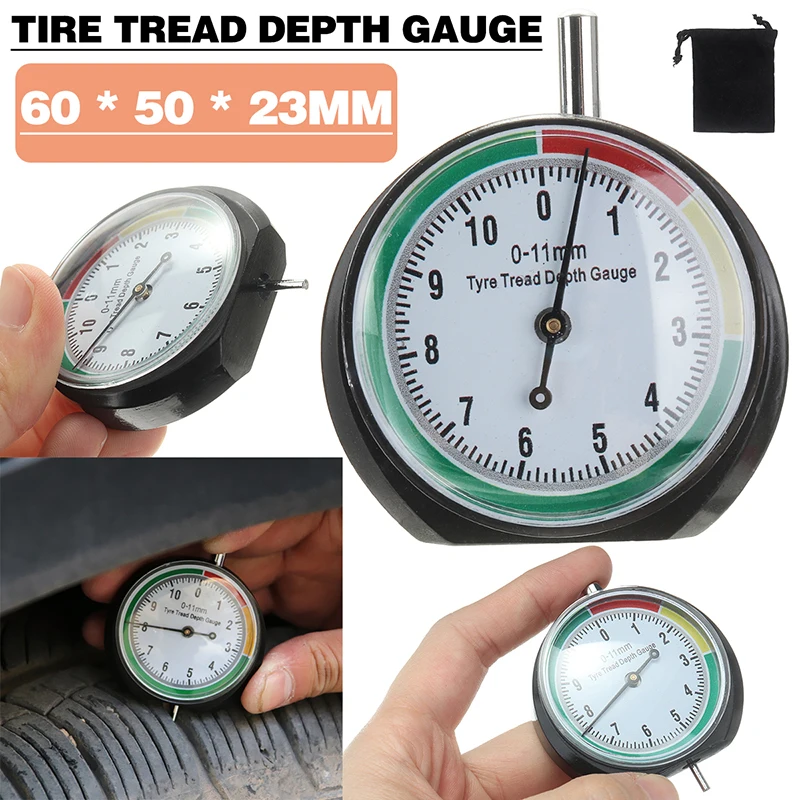
When performing the penny tire test, remember not only to check each tire, but to check various places around each tire. Pay special attention to areas that look the most worn. Even if parts of your tread are deeper than 2/32”, you should still replace the tire when any areas fail the penny test.
Consistent wear around the whole tire is normal, but uneven tread wear could be a sign of improper inflation, wheel misalignment, or a variety of other things. If you see uneven tread wear, you should have a technician inspect your vehicle.
A simple way to check your tire tread depth is by using a tread depth gauge. You can find tire tread depth gauges at your local auto parts store. There are many models available, but an inexpensive simple graduated probe gauge will work just fine. All you have to do is stick the probe into a groove in the tread and press the shoulders of the probe flat against the tread block and read the result.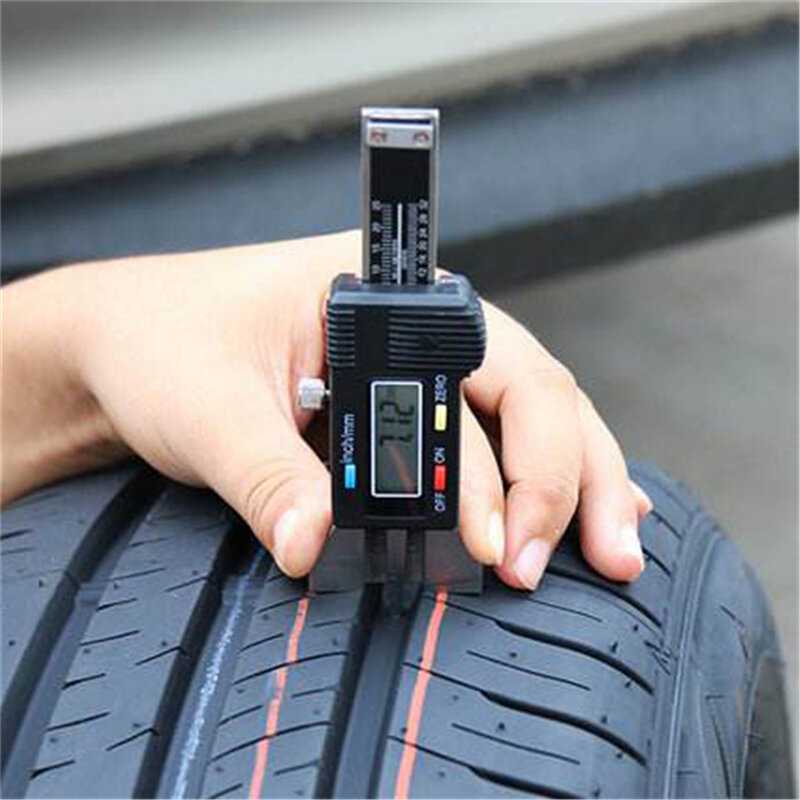 All gauges should measure in both 32nds of an inch and millimeters.
All gauges should measure in both 32nds of an inch and millimeters.
Another indicator of worn out tread already lives in your tires themselves. Every performance, light truck, or medium commercial tire comes equipped with indicator bars (or wear bars) embedded between the tread ribs at 2/32”. They’re there to help you monitor tread depth and make decisions about tire replacement. Just look to see if the tread is flush with the indicator bars. If they are, it’s time to replace the tire.
While the penny tire test does deliver on what it promises – indicating whether tread has reached the legal limit – it may not be the best indicator of whether your tires are safe for the road. Tire performance can diminish significantly before your tread hits 2/32”. Even though the law deems fit for safe driving may not prevent you from hydroplaning or losing control in rainy, slushy conditions. If you think your tires may be close to needing replacement, have them checked out by a licensed mechanic.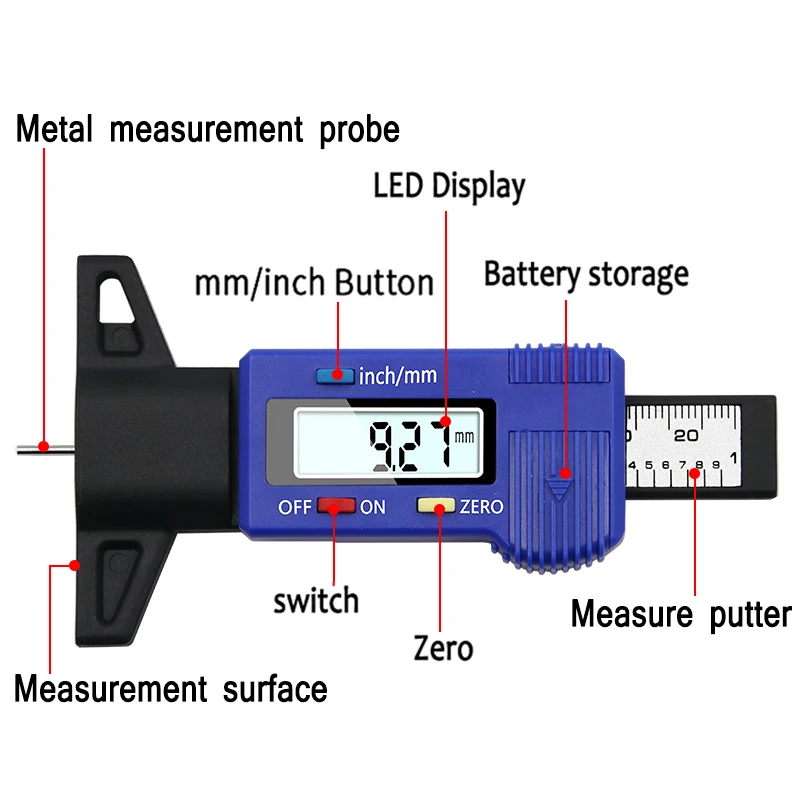
The tire tread is the outer part of the wheel that provides traction in all weather conditions. The protectors inevitably wear out during the operation of the car, the working height of the slope decreases. The residual tread depth should be periodically monitored and the set of tires should be renewed in time - this will reduce the risk of losing control of the car and save the car owner from fines from the traffic police.
nine0005 Tread wear rate depends on many factors:
Measuring the thickness of the tread layer will allow you to accurately determine the degree of tire wear and make a decision in time to replace them with new ones.
Different tires have different wear limits. Tread depth affects vehicle handling and road safety.
| According to Chapter 5 of the SDA, limiting norms for the height of the tread pattern have been established. |
Let us explain what categories of vehicles we are talking about:
N1 - vehicles intended for the carriage of goods, having a technically permissible maximum mass of not more than 3.5 tons;
O1 - trailers, the technically permissible maximum mass of which is not more than 0.75 tons;
O2 - trailers, the technically permissible maximum weight of which is over 0.75 tons, but not more than 3.5 tons. nine0006
The traffic police officer has the right to measure the residual depth with a verified device. In case of a recorded violation, a fine is imposed on the car owner.
The new summer tire has an average tread depth of 7-8 mm. The service life of summer tires is usually 3-5 seasons with average mileage and moderate driving style.
| Residual height limitation by law is 1.6 mm. However, with a remaining outer layer of 3 mm, the machine is already difficult to control, grip deteriorates, and a safety hazard arises. nine0006 |
Do not wait until the critical value is reached. Make sure you change tires in advance.
Winter tires are used in severe weather conditions: low temperatures, icy conditions, on snowy road surfaces. Worn elements make the tire ineffective on slippery winter roads. Accordingly, a more serious approach to the condition of the tire tread is needed.
Non-studded friction tire (velcro) with tread depth 8-9mm. A new studded model - from 9 to 11 mm, some firms produce a tread with a height of 12-18 mm.
| If the tread wear is up to 4-5 mm, the winter set of tires needs to be replaced. In addition, the loss of more than 50% of the metal spikes is also a reason to change the car's shoes. |
The average life of winter tires is 2-4 years.
Universal all-weather is used in a temperate climate both in winter and in summer, it is optimal at temperatures from +10 to -10˚C. This type of tire is not suitable for use in snowfall or severe frosts. SDA allows the use of all-season tires in the winter if there is a special marking:
| All-season tires last 3-4 years on average. In summer, at high temperatures, all-weather tires wear out much faster. It is recommended to buy new tires when the tread layer is abraded to a value of 2-2.5 mm. |
You can estimate the remaining tread layer in various ways:
On some tire models there are special volumetric indicators in the form of jumpers. Check: if the tread layer is worn down to the level of the jumpers, the tire is not suitable for further use.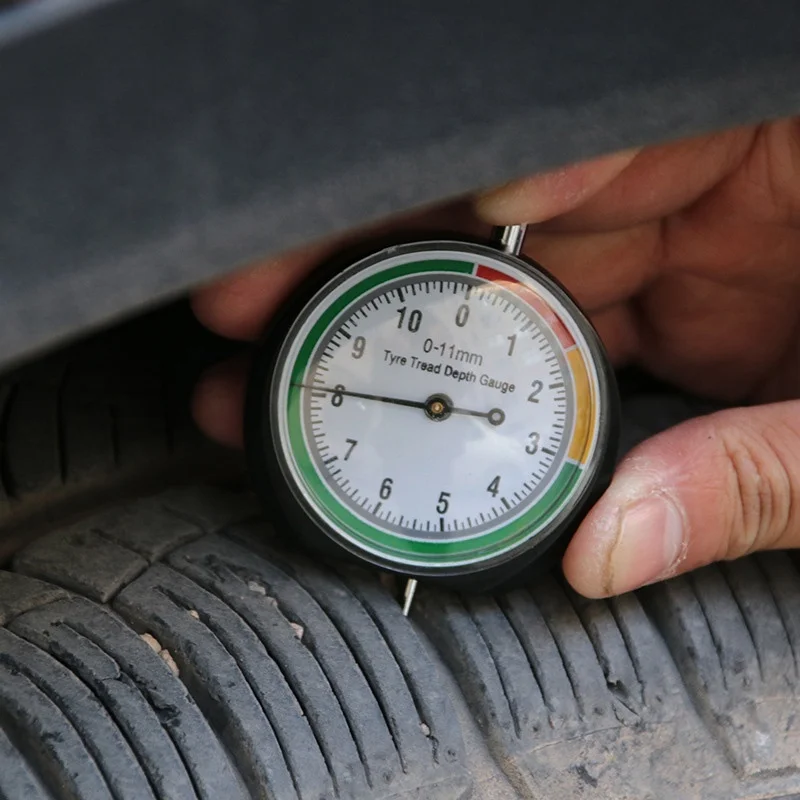 nine0006
nine0006
On the surface of certain types of tires, manufacturers knock out numbers of various depths. Depreciation is assessed visually - by the visibility of individual numbers.
With the help of measuring instruments: from a metal ruler, caliper, depth gauge to an electronic tread depth gauge.
Many motorists measure the remaining tread depth with a coin. Warning: this method of measurement is not accurate. It will not show you actual tire wear figures. nine0006
Tire tread height should be measured at least at 6 different points, preferably at 9 or even 12: in the center and from both edges of the tread, at different points around the circumference of the tire. The measurement results at all specified points must match. If they do not match, then the tire wears unevenly. The driver should find out why this is happening. Some causes of uneven tire wear are low or high pressure in them relative to the regular one, suspension failure, extreme driving style.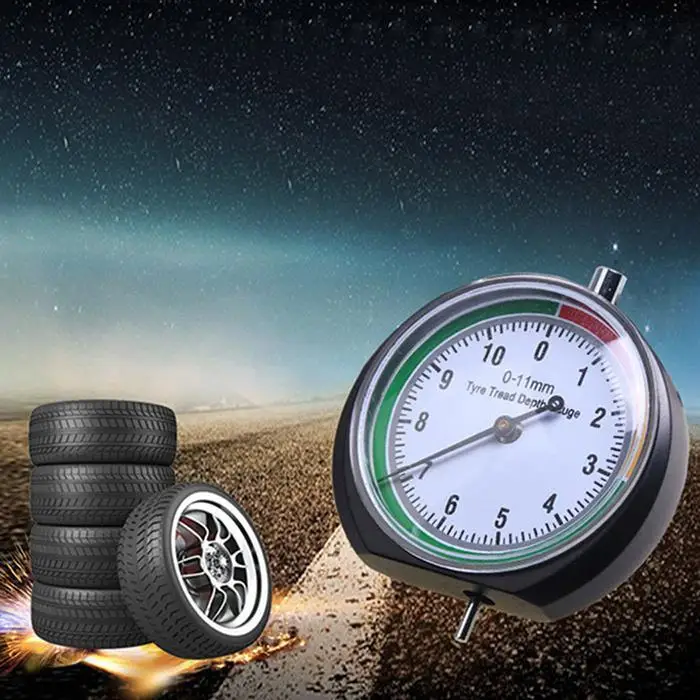 nine0006
nine0006
Old tires have become unusable, the amount of tread remaining is approaching a critical line - no need to take risks, it's time to change your car's shoes. There is a great temptation to get by with small financial costs and purchase a set of used tires. Be careful!
Sellers advertise used tires as good or excellent condition. Do not be too lazy to personally measure the height of the tread layer. And remember: for winter tires, a residual tread depth of 4 mm is already 100% wear. nine0006
When buying used tires with tires, it is important to remember that tires from different manufacturers and seasons initially have different tread heights (when they are new). And most importantly: the tires have, accordingly, different wear limits - the tread depth at which the tire begins to lose important characteristics. These differences are most noticeable in winter and summer tires. Keep these points in mind when measuring the remaining tread depth of used tires.
The quality of domestic roads, unfortunately, does not allow tires to be used for 7–10 years.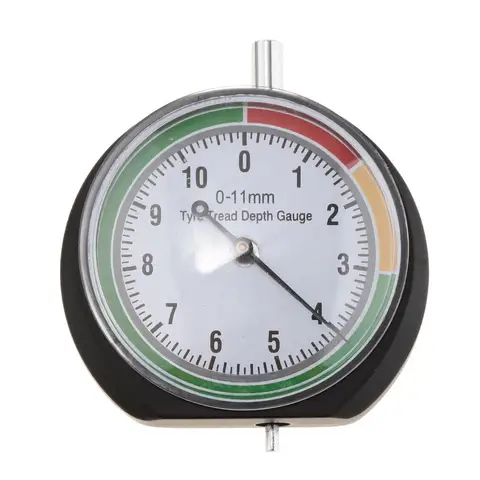 If you still decide to buy a used kit, check the year of manufacture - it is better not to consider tires older than 8 years. nine0006
If you still decide to buy a used kit, check the year of manufacture - it is better not to consider tires older than 8 years. nine0006
there is no guarantee for tires bought from hands;
the seller can cheat - for example, offer tires from different manufacturers in one set. Some especially enterprising salesmen even cut the tread on the worn rubber, as if the tires had not yet worn out;
you will have to spend a lot of time picking up tires from private sellers - much of what is put up for sale is only suitable for recycling; nine0006
Products may have hidden or visible defects. Visible are punctures, tears, cuts. A tire with a lot of damage can collapse in motion. Hidden defects include damage to the cord, which most often occurs after punctures or a strong blow. A car with such a malfunction may wiggle on the road, and it will be unstable;
the goods were stored in the wrong conditions, for example, under direct sunlight - this reduces the life of the tires and they will quickly become unusable, even if the residual tread depth is ideal; nine0006
it is not always possible to carry out a tire fitting in the presence of the seller, you will have to check the kit yourself after payment.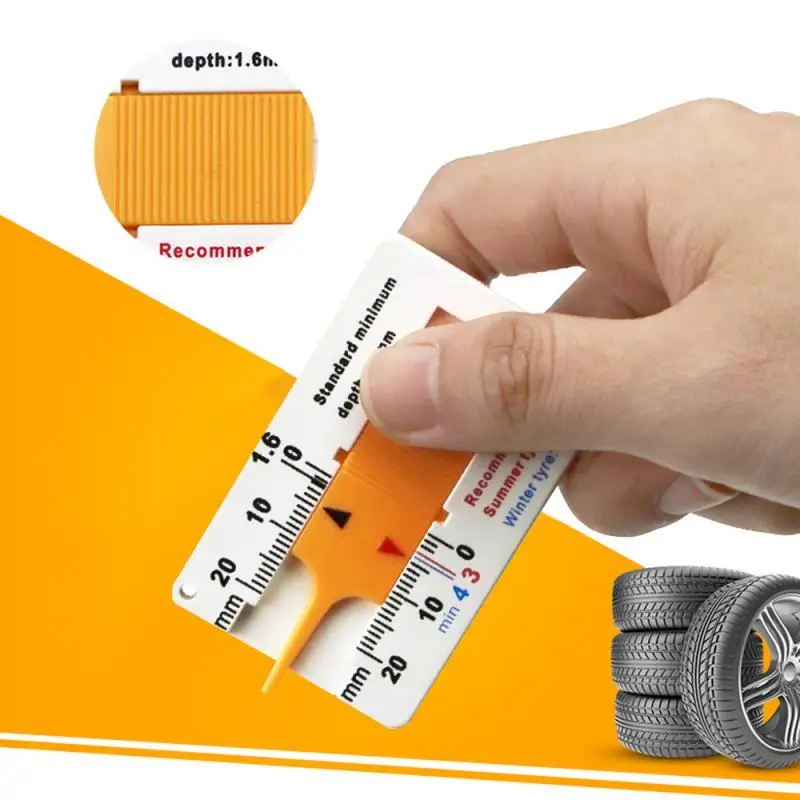
Without a specialist, there is a risk of buying tires that you cannot use. Don't skimp on safety. Purchasing a new set of tires will require more investment, but will pay off with a long period of trouble-free operation.
The maximum permissible residual tread depth for a passenger car is 1.6 mm in summer and 4 mm in winter. nine0006
SDA strictly regulate the residual height of the tread pattern. Violation of traffic rules is a reason for drawing up an administrative protocol.
For your own safety, replace worn tires on time. Better for new ones.
Too many people ignore the needs of their car, treating it like a mere pile of metal. But most enthusiasts know that this is more than just a piece of iron with rubber. Speaking of the latter, tires play an extremely important role and require careful maintenance.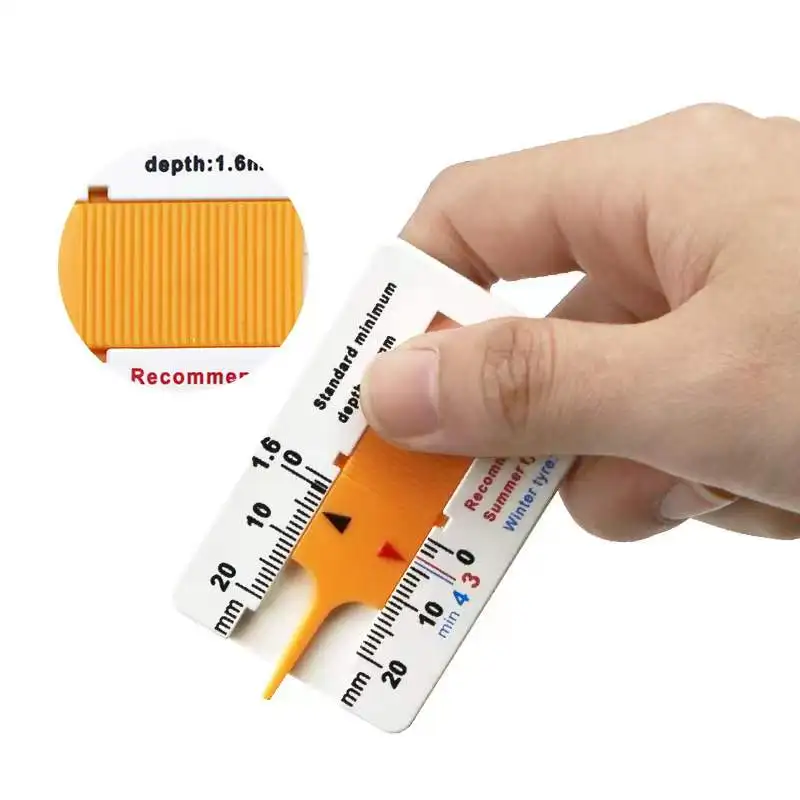 In fact, they are one of the most important factors in the ability to drive a vehicle. nine0006
In fact, they are one of the most important factors in the ability to drive a vehicle. nine0006
Updated pressure monitoring systems with new software have become popular among car manufacturers, together with rubber suppliers, to better understand the condition of tires, monitor their performance as they wear. Such programming allows drivers to compare the data with the information already available about how new summer tires should behave, for example. Once the readings deviate too far, the system warns the driver that the tread depth of the new summer tire may be too low. The distribution of such a system will begin around 2017. nine0006
Summer tire performance
Manufacturers are working on further evolution of a system that will help control tire stress. The software controls tread deformation, shows how the wheels are moving and knows what the driver should do when the “X” moment arrives. In addition, this system can be linked to assistance systems that would allow the weight distribution of the vehicle to be adjusted depending on the driving conditions and the condition of the rubber.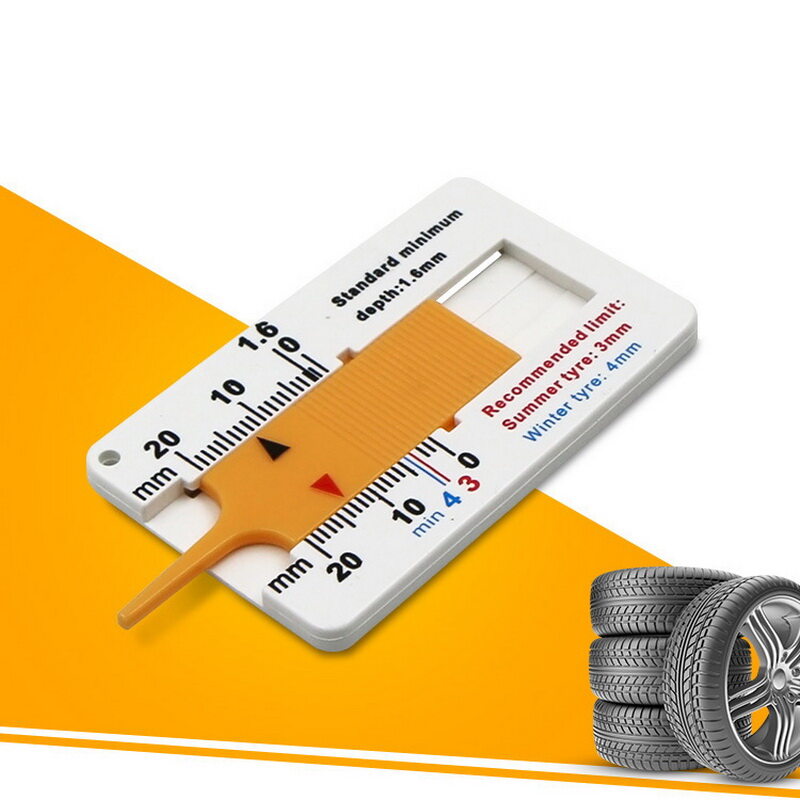 nine0006
nine0006
The choice that is available to the buyer in the tire sector is now just as good as that of soda or clothing, and it is not difficult to obtain the right set. There is simply no point in talking about winter tires now, so let's move on to summer tires right away.
If you intend to buy summer tires (you forgot to change your winter tires, the old one went bad, you bought a new car), then pay attention to one small but very important detail. Tread depth of a new summer tire. This is what will be discussed below. nine0006
First, let's decide where we can get information about this. Some information is contained in the vehicle owner's manual if you are using the standard kit. But the technology for the production of tires from a car concern and from a specialized company is different.
In many ways, the difference depends on the tire tread, that is, its pattern, depth, and so on. Since we are talking about depth, we will try to explain what and why here.
So, let's start with how to find out if something has happened to the protectors.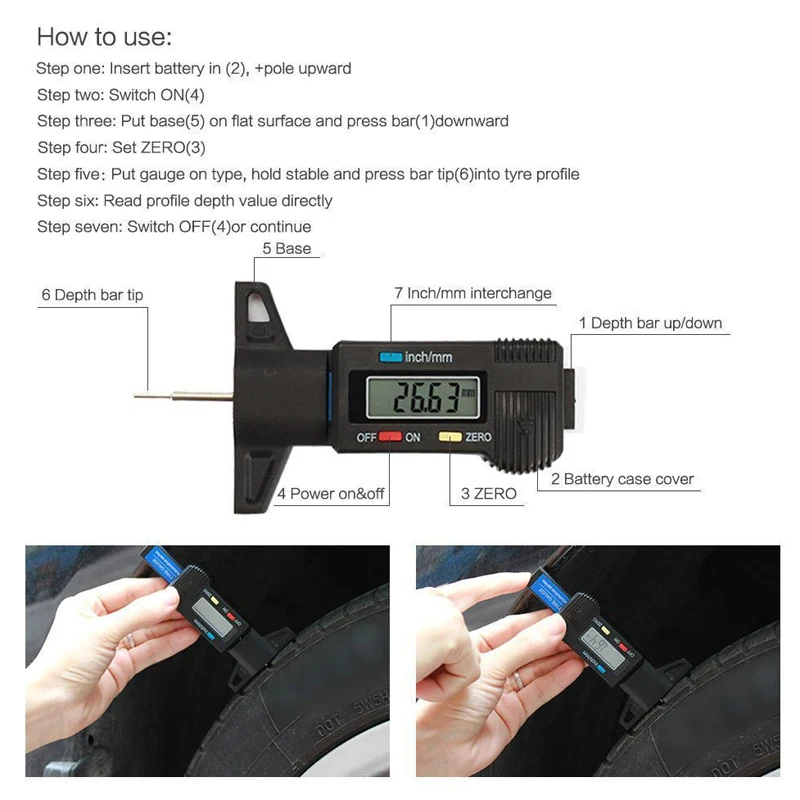 If the tire begins to show a wear bar (parallel stripes along the tire), then this indicates that the tread depth of the new summer tire is 2 mm. Roughly speaking, this shows that the rubber is something not new at all. If you see these bars, then it's time to change the tires, because the treads, and therefore the tires, are starting to wear out. What is the danger? Driving on wet roads requires more tread depth. New tires vary in depth. For example, the tread depth of Bridgestone summer tires varies in areas from 11 to 13 mm, and upon reaching the 4 mm mark, they must be replaced. The minimum tread depth is recommended for driving in snow, but are we really interested in winter tires in the midst of spring? nine0006
If the tire begins to show a wear bar (parallel stripes along the tire), then this indicates that the tread depth of the new summer tire is 2 mm. Roughly speaking, this shows that the rubber is something not new at all. If you see these bars, then it's time to change the tires, because the treads, and therefore the tires, are starting to wear out. What is the danger? Driving on wet roads requires more tread depth. New tires vary in depth. For example, the tread depth of Bridgestone summer tires varies in areas from 11 to 13 mm, and upon reaching the 4 mm mark, they must be replaced. The minimum tread depth is recommended for driving in snow, but are we really interested in winter tires in the midst of spring? nine0006
Slight changes in tire tread depth are normal, even if the difference between the front and rear wheels is significant. If you are a happy owner of a modern on-board computer, then it will be easy for you to observe these changes. But if the difference is too big, then you will feel a drop in speed, as this will affect the car quickly.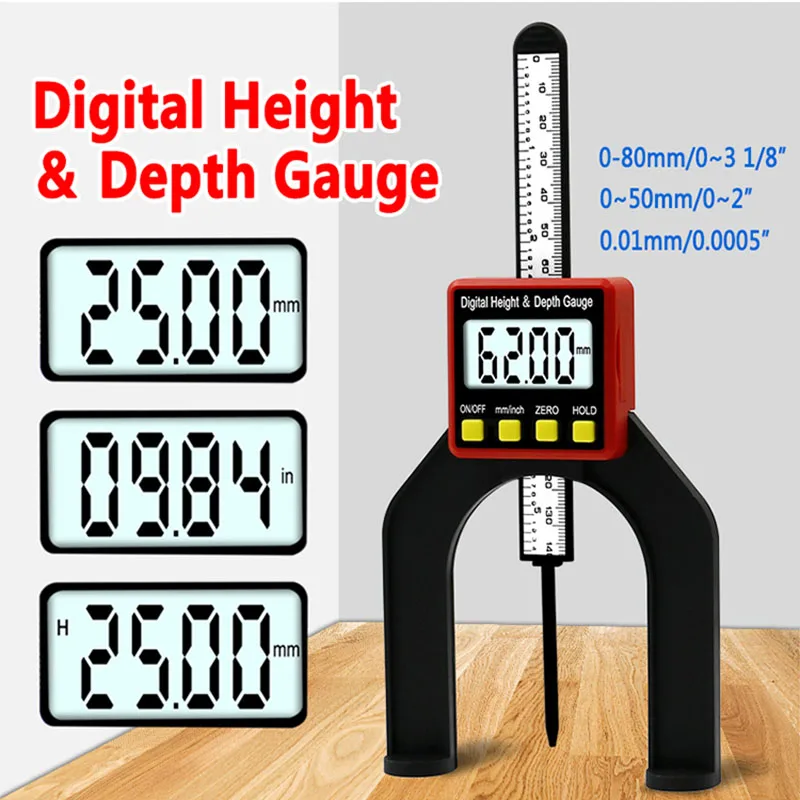 If you still have the same computer, then it will completely block the axis that is problematic.
If you still have the same computer, then it will completely block the axis that is problematic.
For a loose road or a road with severe damage, this option is quite suitable for yourself, because it cannot be otherwise: you want it or not, and the tires will break a little on such a road, and unevenly. A lot of it depends on speed. For example, if the tread depth ratio of the front axle to the rear axle is only 2/32 millimeters, then this will not cause any damage at low speeds, but may cause automatic traction problems at speeds above 110 km/h. A tread difference of 4/32 millimeters can cause problems after 70 mph. As a result, all summer tires will have to be replaced if the difference is too great. nine0006
The tread depth can also be variable due to pressure differences in the tire itself. The low tire pressure warning systems in modern vehicles are a great thing, which notify drivers when the pressure has dropped. Some ABS wheel speed sensor monitoring systems are used to measure the speed of a problem tire.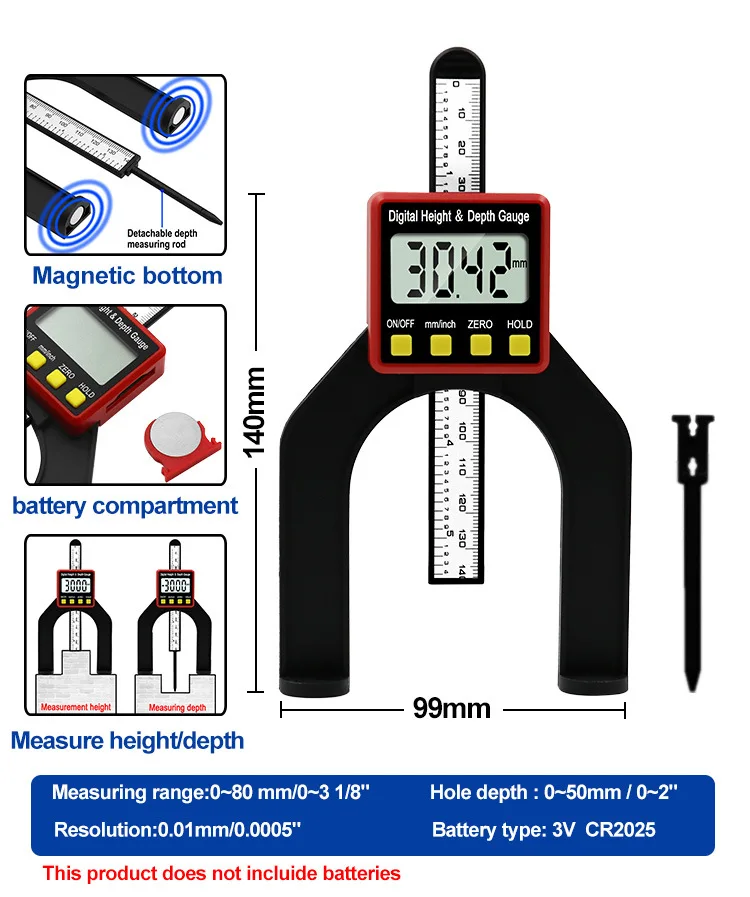 In addition, other sensors and systems are used to obtain accurate information about tires, including how much tread depth the new summer tires have lost (in millimeters or inches). nine0006
In addition, other sensors and systems are used to obtain accurate information about tires, including how much tread depth the new summer tires have lost (in millimeters or inches). nine0006
The close collaboration between the electronics and tire specialists is bearing fruit. For example, tire pressure sensors will be able to detect when tires need to be replaced due to insufficient tread depth. Explaining the importance of regular monitoring of tread depth, Andreas Wolf, head of the Body & Security business unit at renowned tire manufacturer Continental, notes:
should be limited. We are very pleased that we will be able to conveniently monitor tread depth using sensors built into the tires.” Intelligent software makes a new feature possible. The software deduces tread depth from the gradual change in tire rolling characteristics. The tire pressure sensor infers driving performance from variations in tire deformation. The new feature is tentatively planned for introduction from 2017 on new vehicle models equipped with direct electronic tire pressure monitoring systems.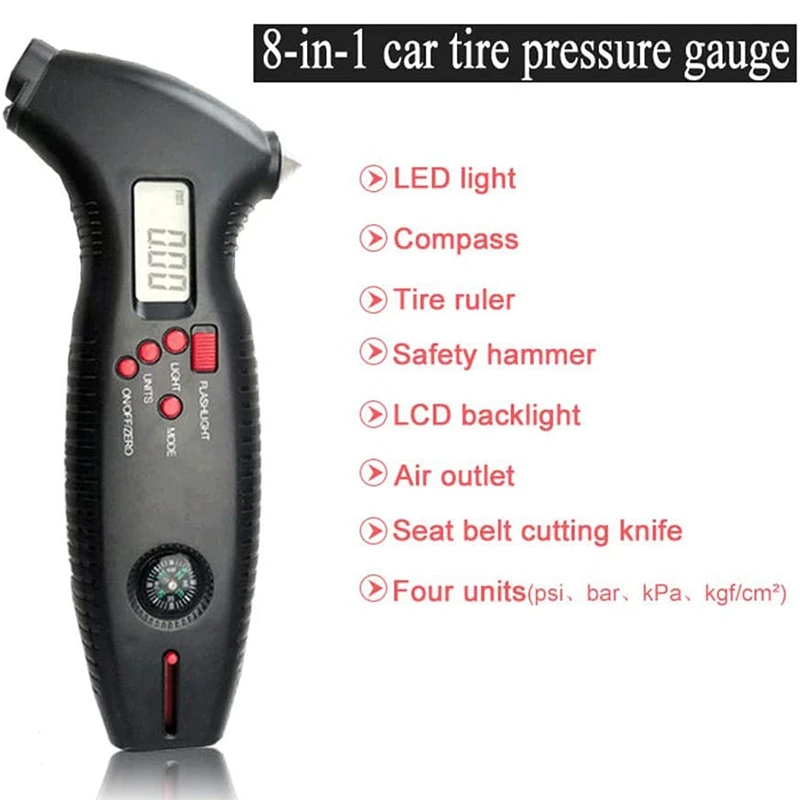 nine0006
nine0006
In order to first determine the depth of the projector rubber, and then monitor it, you need not only to read the documentation and spend hours under the car, but also visit the technical service from time to time . Not to be underestimated by tire designers and electronics engineers who conducted an intense series of tests to make it easier to determine tread depth. As noted above, this includes marking, pressure sensors, and electronic warning systems. nine0006
If desired, the vehicle's telematics module is even able to inform the local car service center, which is able to determine what tread depth the summer tires are. It goes without saying that people will still be able to check for themselves when the legal minimum tread depth is recommended or required. For this, the tire has wet TWI tread wear indicators. These small protrusions between the tread grooves indicate that manufacturers recommend taking into account that the minimum allowable tread depth of summer tires is 3 millimeters.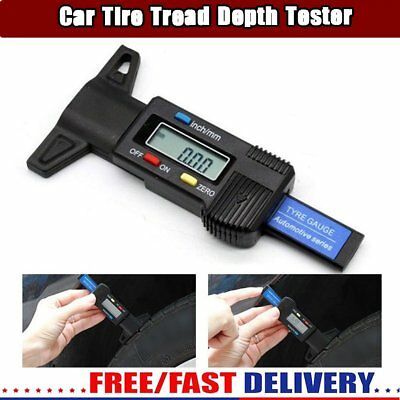 nine0006
nine0006
And yet we will not cease to convince that high-tech tires are an advance in terms of not only technology, but also road safety. The first pressure sensors for summer tires (and later for winter tires) appeared in the early 2000s, which was a huge leap in tire technology. Since then, tire pressure sensors have been able to provide the tire with information about the current pressure and conveniently warn drivers if it is too low. As of November 2014, a tire pressure monitoring system is mandatory for newly registered vehicles within the European Union. Although relations with the West are rather tense today, it is worth reflecting on such an experience. After all, safety on the road will increase if this parameter is made mandatory. nine0006
Tire sensors can help ensure optimal tire pressure, which increases the life of summer tires, reduces fuel consumption and therefore reduces carbon dioxide emissions into the air.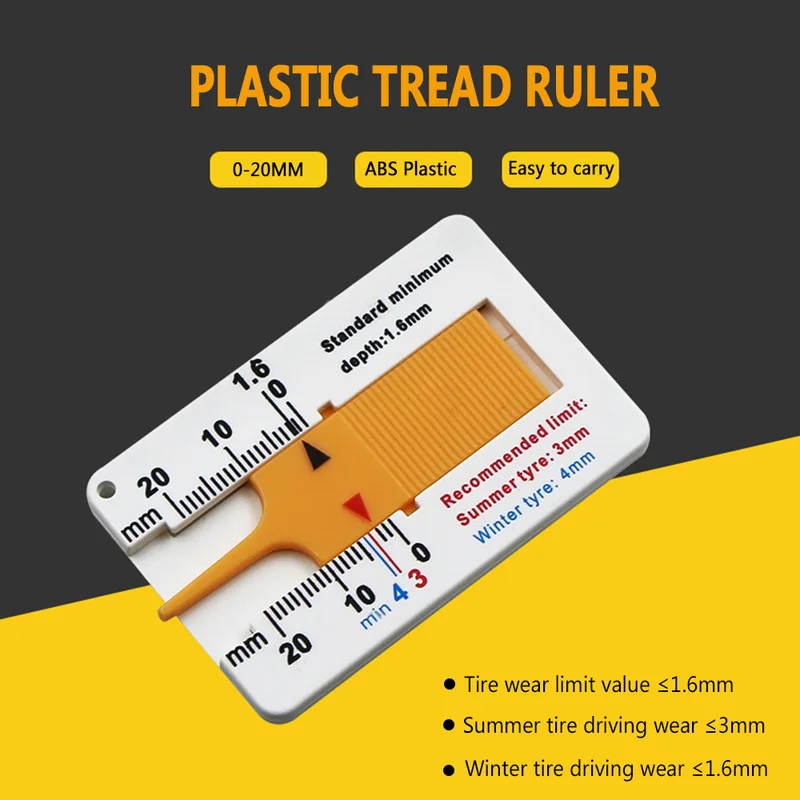 Tire manufacturers are trying to use measuring systems with an accurate high pressure indicator. So the sensor reads the pressure in the tires either at the valve, and sometimes directly under the tread. It is desirable that the sensors were in all tires.
Tire manufacturers are trying to use measuring systems with an accurate high pressure indicator. So the sensor reads the pressure in the tires either at the valve, and sometimes directly under the tread. It is desirable that the sensors were in all tires.
Don't forget the pressure. Every tire loses air slowly but surely. It is worth listening to your car, feeling whether any of the wheels sags at least a little bit or not. If the pressure is too low, then the trip should be suspended and “first aid” given to the wheel. Scientists are developing various options for tire pressure sensors so that with a normal projector depth and low pressure, you do not think that the first factor is to blame. By measuring the pressure when inflating tires, you get information not only about the general condition (whether the wheel is inflated or not), but build on it when determining problems with tires. Under normal pressure, the roll resistance is reduced, and as a result, the tires do their job in terms of safety and comfort.